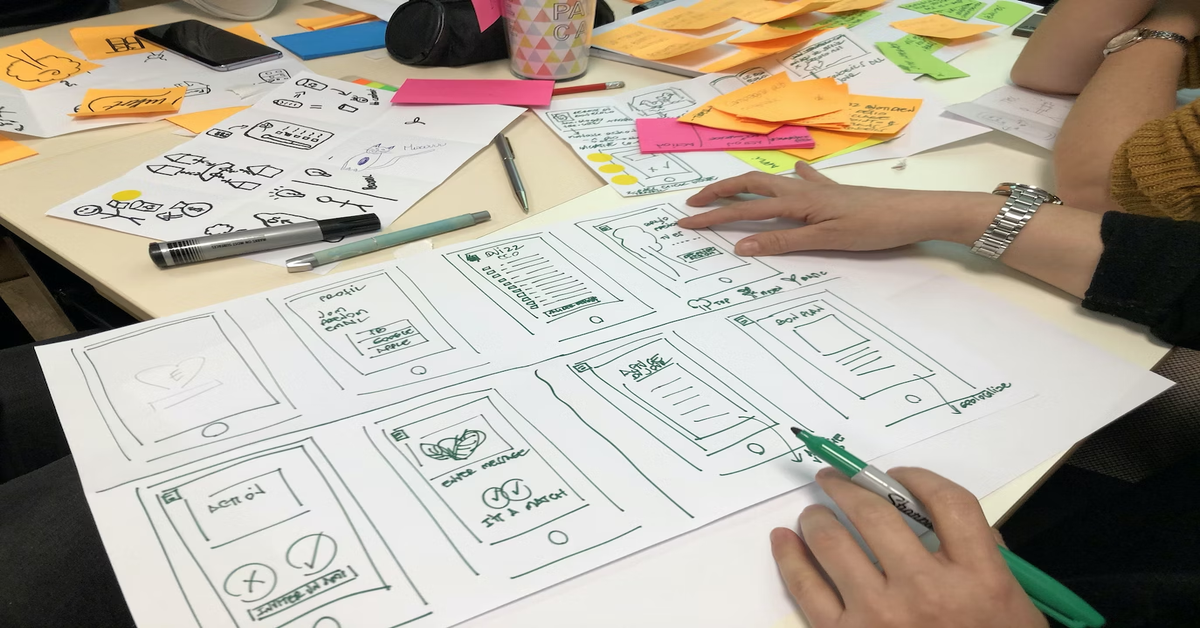A service blueprint is an excellent tool for designing a service in its entirety.
Centered around the customer journey, a service blueprint defines how an organization’s capabilities (people, policies, processes, and systems) enable the customer’s experience. With this holistic perspective on the entire service, it’s easier to see where there is tension between the customer experience and the organization’s capabilities.… Read the rest
